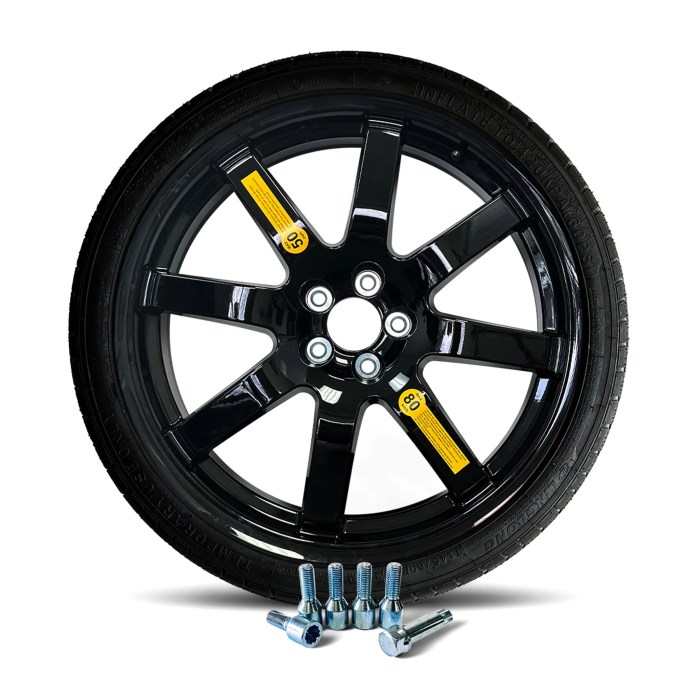Choosing the right smart appliance can be overwhelming, especially with the rapid advancements in smart home technology. In this guide, we’ll break down everything you need to know to make smart, informed decisions before buying devices for your kitchen, laundry room, or whole-home automation setup.
Why Smart Appliances?
Smart appliances offer unmatched convenience, energy efficiency, and security. With features like remote control via apps, voice activation (using Alexa, Google Assistant, etc.), predictive maintenance alerts, and energy monitoring dashboards, these gadgets can significantly enhance your daily life while potentially reducing long-term costs through optimized usage.
Key Factors to Consider Before Buying
- Compatibility: This is crucial. Ensure the appliance works with your preferred smart home ecosystem (e.g., Amazon Alexa, Google Home, Apple HomeKit, Samsung SmartThings). Check for the logo on the packaging or product description.
- Connectivity & Protocols: Most devices use Wi-Fi. Check if your home network is robust enough. Also, look for support for newer, interoperable protocols like Matter, which promises easier integration between different brands in the future. Some devices might also use Bluetooth, Zigbee, or Z-Wave (which might require a compatible hub).
- Energy Efficiency: Look for ENERGY STAR® certified models. Many smart appliances offer energy-saving modes, scheduling features (e.g., running the dishwasher during off-peak hours), and detailed energy consumption reports in their apps.
- Ease of Use & App Quality: A smart appliance is only useful if it’s easy to control. Choose appliances with intuitive smartphone apps, clear interfaces, and responsive controls. Read app reviews if possible.
- Features vs. Needs: Don’t get swayed by fancy features you’ll never use. Does that smart fridge with a giant screen fit your lifestyle, or would a simpler model suffice? Focus on features that solve a real problem for you.
- Security & Privacy: Connected devices can be vulnerable. Choose brands known for regular firmware updates to patch security holes. Understand the device’s privacy policy regarding data collection. Change default passwords immediately upon setup.
- Maintenance & Support: Consider the manufacturer’s warranty, customer support reputation, and the ease of obtaining firmware updates (usually done automatically via the app).
- Cost: Smart appliances often have a higher upfront cost. Factor in potential long-term savings from energy efficiency and the value of convenience.
Buying Guides by Category
Smart Kitchen Appliances
The kitchen is often the hub of smart home activity. Key considerations include:
- Smart Refrigerators: Features range from internal cameras and inventory tracking (to help with grocery lists) to large touchscreens (Family Hubs) for calendars, notes, streaming music, and controlling other smart devices. Assess if these premium features justify the cost.
- Smart Ovens & Ranges: Look for remote preheating, cooking mode selection via app, integrated temperature probes, AI-powered cooking assistance (suggesting modes/times based on food type), and compatibility with voice assistants. Air fry and steam cooking functions are increasingly common.
- Smart Dishwashers: Key features include remote start/monitoring, cycle optimization based on load sensors, leak detection alerts, and quiet operation ratings.
- Smart Microwaves & Small Appliances: Features like scan-to-cook (using barcodes), voice control, and integration with recipe apps are becoming more prevalent.
Smart Laundry Appliances
Make laundry day less of a chore:
- Smart Washing Machines & Dryers: Consider features like remote start/stop and cycle monitoring, automatic detergent dispensing, AI-powered fabric sensing (to optimize wash/dry cycles), energy usage tracking, and end-of-cycle notifications on your phone or smart speaker. Some models integrate with smart grids to run during off-peak hours.
Smart Climate & Air Quality
- Smart Thermostats: These learn your heating/cooling preferences and schedule, adjusting automatically to save energy. Look for features like remote sensors (for different rooms), geofencing (adjusting temp based on your location), humidity control, filter change reminders, and detailed energy reports. Compatibility with your HVAC system is essential.
- Smart Air Purifiers & Humidifiers: Monitor and control indoor air quality remotely. Look for features like real-time air quality readings (PM2.5, VOCs), automatic mode adjustments based on pollution levels, scheduling, and filter life indicators.
Smart Cleaning Devices
- Robot Vacuums & Mops: Consider navigation technology (LiDAR is generally best for mapping), suction power, mopping capability (some lift the mop on carpets), automatic dirt disposal/tank refilling stations, app features (scheduling, no-go zones, room-specific cleaning), and obstacle avoidance technology.
Common Mistakes to Avoid
- Buying Incompatible Devices: The biggest frustration. Double-check ecosystem compatibility (Alexa, Google, HomeKit, SmartThings) and look for the Matter logo for future-proofing.
- Ignoring Network Requirements: Too many smart devices can strain a weak Wi-Fi network. Ensure your router and internet plan can handle the load, or consider upgrading to a mesh system.
- Overpaying for Unused Features: Be realistic about which smart features you’ll actually use regularly. Sometimes a simpler, less expensive model is the better choice.
- Neglecting Security & Privacy Settings: Don’t use default passwords. Enable two-factor authentication if available. Review app permissions and privacy policies. Keep firmware updated.
- Skipping Research & Reviews: Read independent reviews (not just manufacturer descriptions) and watch video demonstrations to understand real-world performance and usability before purchasing.
Top Smart Appliance Brands to Watch in 2025
Leading brands consistently innovating in the smart appliance space include: Samsung (SmartThings ecosystem), LG (ThinQ ecosystem), GE Profile, Bosch, Whirlpool, and premium options like Miele. Also, keep an eye on specialized brands like Ecobee and Nest (thermostats), Roborock and iRobot (robot vacuums), and innovative kitchen startups. Always compare reliability ratings, customer support feedback, and the quality/intuitiveness of their companion apps when choosing a brand.
Final Tips for Smart Shopping
Start small if you’re new to smart homes. Identify a specific problem you want to solve (e.g., saving energy, automating cleaning) and choose one or two devices first. Focus on the areas that will provide the most tangible benefits for your lifestyle. As you get comfortable, you can gradually expand your ecosystem. Remember to leverage resources like this guide, product reviews, and user forums to make the best choices for your smart home journey.

